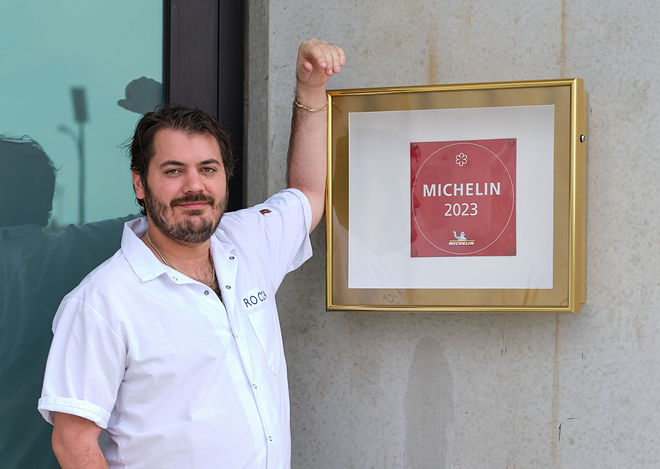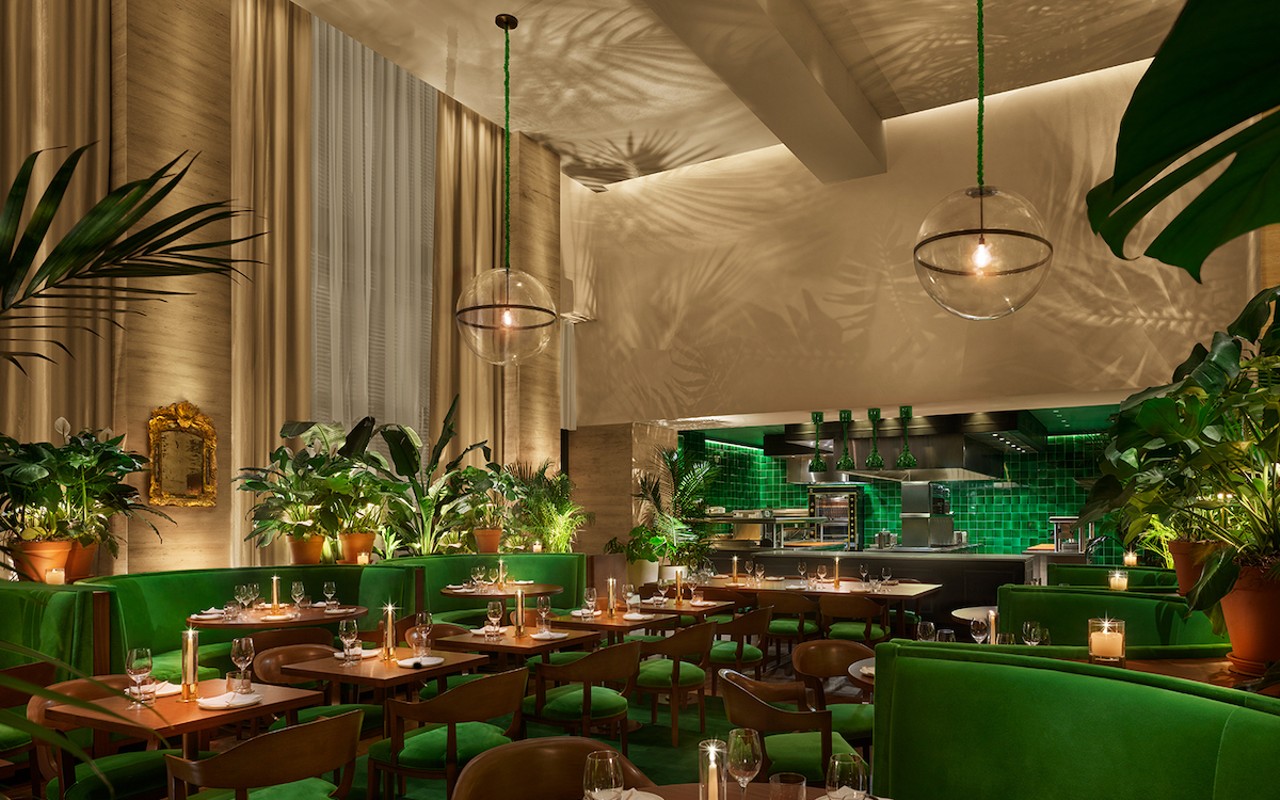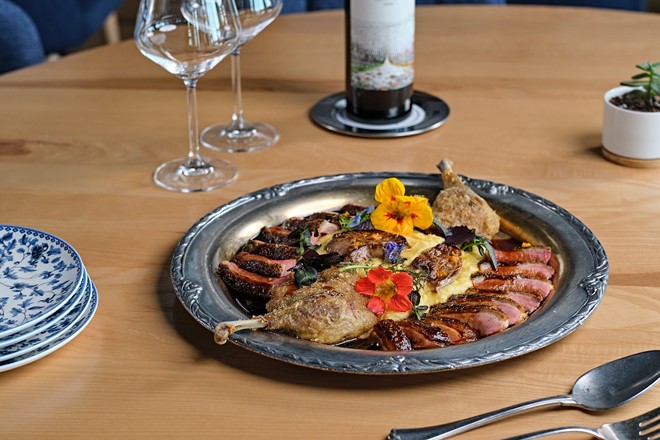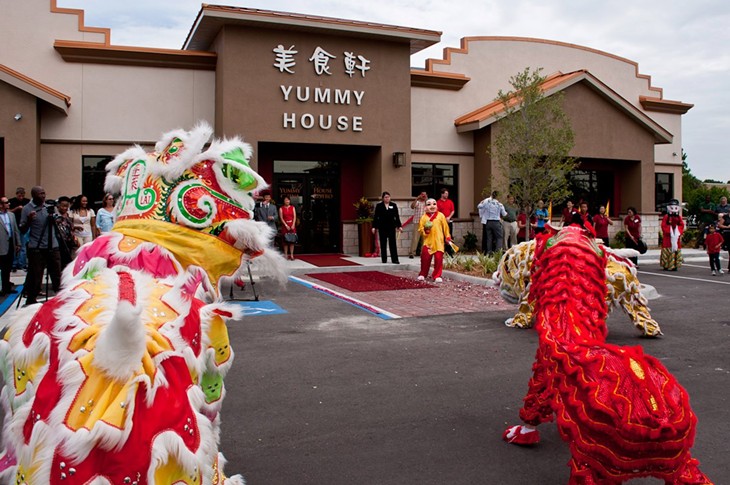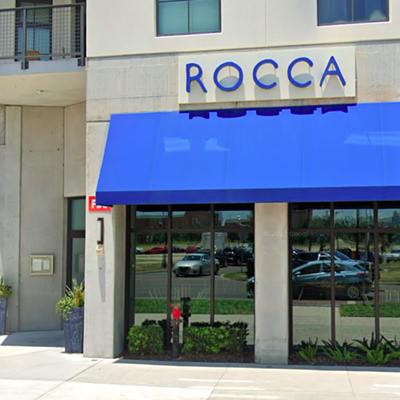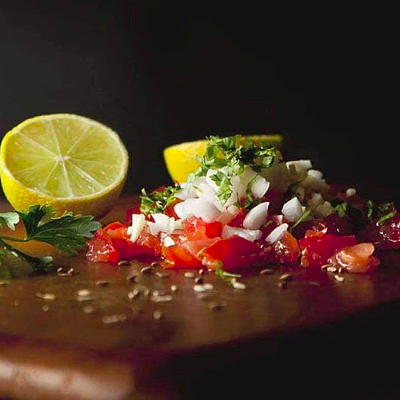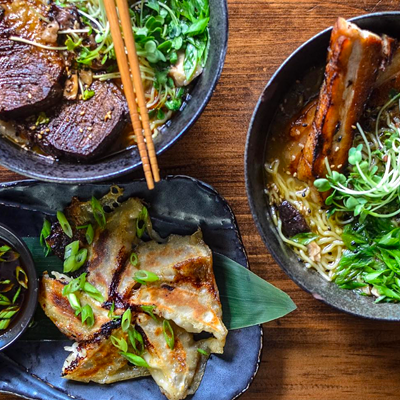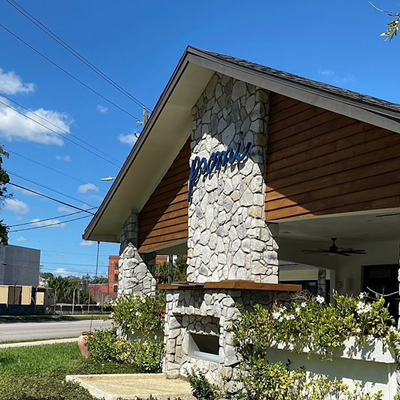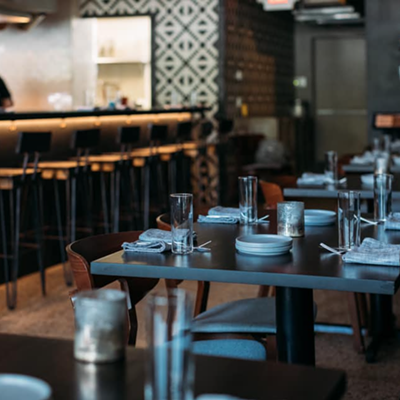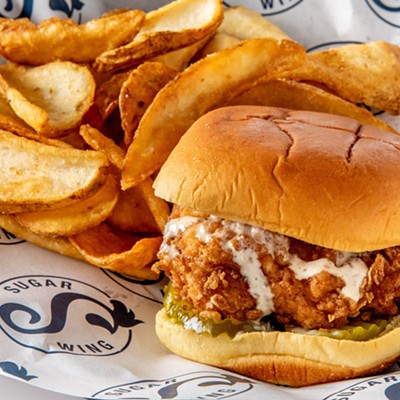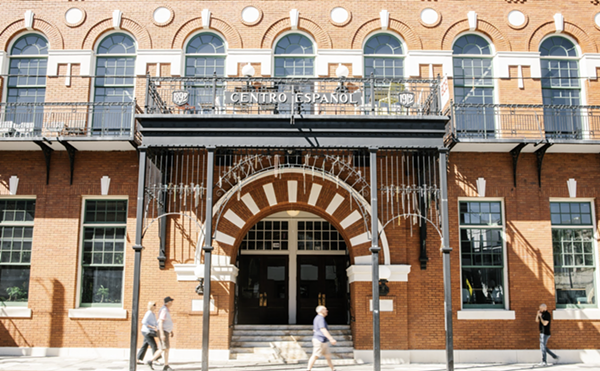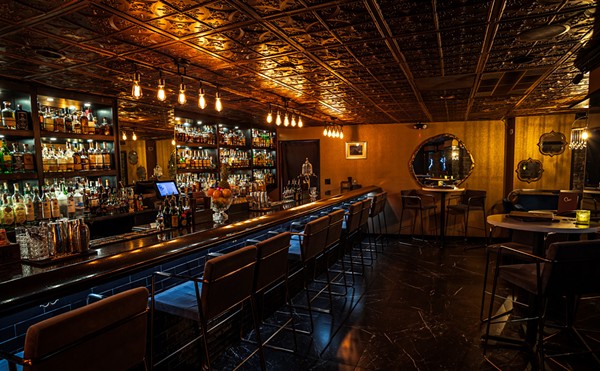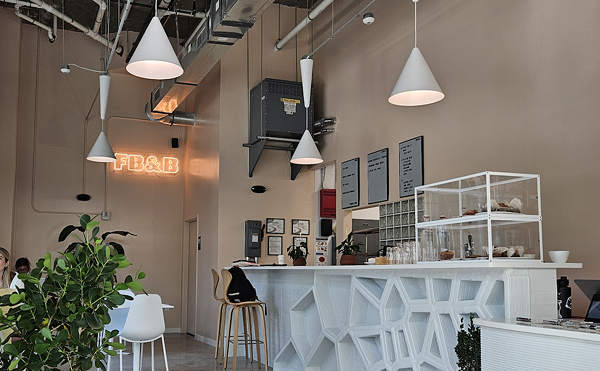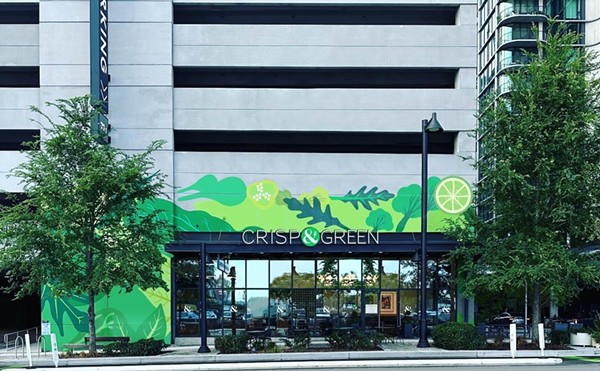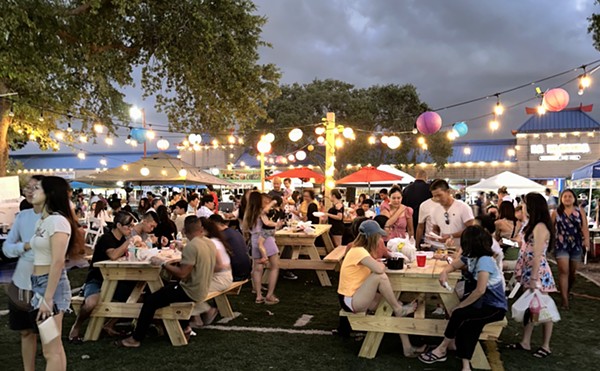Only in its third year in Florida, the Michelin guide’s relationship with our restaurant industry appears to be in its infancy.
On Thursday, April 18, for the first time in the city’s history, Tampa will host Florida’s Michelin ceremony, where the newest wave of restaurants will earn one of the most sought after—and sometimes controversial—accolades of their industry and join the exclusive club of about 200 Michelin-starred concepts in the U.S.
The guide says it’s deployed the same unique and careful methodology since 1900 and considers five categories when assessing a restaurant: "the quality of the ingredients used, the mastery of cooking and culinary techniques, the harmony of flavours, the personalities of the cuisine as expressed through the dishes, and consistency, both across the entire menu and between visits.”
In 2022, Michelin's first ever Sunshine State guide saw Tampa restaurants earn zero stars, three Bib Gourmands and a handful of “recommended” designations. Three Tampa restaurants—Koya, Rocca and Lilac—received the Tampa Bay area's very first stars last year.
While the continuation of Michelin’s relationship with the state of Florida is contingent on various destination marketing organizations (aka DMOs) or tourism boards—which partially fund the guide’s establishment in newly-acquired areas—Chief Marketing Officer of Visit Tampa Bay, Patrick Harrison, says as far as he knows, the Michelin guide will have an indefinite presence here in Tampa and beyond.
“I think what we’re going to see over the next few years is the Michelin guide going to other destinations in the state because there are great restaurants in Pinellas County, the Palm Beach area, Fort Lauderdale and so on,” Harrison tells Creative Loafing Tampa Bay, adding that he saw Tampa, Orlando and Miami as the best jumping off points. “I think as time moves forward we’ll see the guide starting to branch out.”
A representative of the prestigious ranking system went further, and told CL, “once the Michelin Guide arrives at a destination, the intent is for it to remain there.”
While details of the contracts between Florida’s DMOs—which include Visit Tampa Bay alongside Visit Orlando and Visit Miami—are kept under wraps due to “competitive reasons,” there’s no denying that Michelin’s presence in Florida directly translates into beaucoup tourist dollars. In 2022, the Miami Herald reported that these tourism boards will collectively pay more than $1.5 million over three years to bring Michelin’s anonymous inspectors to Florida. Visit Florida reportedly paid $150,000 of that sum, following in the steps of Visit California (which paid $600,000 to launch the guide in Los Angeles).
But when the guide first expanded to the U.S. in places like New York and Chicago in the mid-2000s, there didn’t seem to be any working relationships between Michelin and tourism institutions in those cities. In 2018, when Eater published “The High Price of the Michelin Guide,” it reported that “no U.S. cities have ever paid a ‘commission’ to Michelin.” Six years and a global, industry-gutting pandemic later, it’s clear that times have changed.
Despite the somewhat recent trend of Michelin working with various DMOs in the U.S. and beyond to bolster food-related tourism in their respective cities, the guide still maintains that its star designation process remains 100% independent and anonymous.
In addition to boosting local tourism and attracting more food-lovers to Tampa Bay, the arrival of Michelin has absolutely affected the few restaurants that gained a star in 2023.
Bryce Bonsack, owner and Executive Chef of Tampa Heights’ Rocca, worked at Michelin-affiliated restaurants in New York long before his Italian eatery gained its first star. Since last spring, he’s noticed an uptick of customers spending more money per person at Rocca, leaning into luxury experiences that a Michelin-starred restaurant can offer (a couple can have a great meal there for under $100, but others splurge on items like caviar or dry-aged duck and strip steak).
“On one hand, getting a star is a huge ego boost and a dream come true, but on the other hand it has the ability to kind of drive you a little crazy. I think that it’s worse to gain a star and lose it versus never getting one in the first place,” Bonsack tells CL.
And one former inspector thinks it’s harder than ever to earn and keep stars.
“Standards have elevated across the globe and dining spectrum,” Chris Watson, an ex-Michelin inspector who covered Europe for nearly five years, tells CL, adding that a starred restaurant from 20 years ago might not earn a star today. “They cannot stand still and need to continually reinvent their offerings, just to stay relevant and appealing to today’s diners, who are arguably more demanding.”
“Some people’s expectations can run wild,” Bonsack says, referring to some customers’ unattainable standards.
The guide is not infallible either. In the past, it’s been criticized for not including female-led restaurants and its general lack of racial and ethnic diversity when it comes to awarding stars. Then there are others like the late Anthony Bourdain who saw the Michelin system as “utterly useless,” pointing to the guide’s “Old World" sensibilities, Eurocentric leanings, the insane pressure to retain stars, and obsession with the traditions of fine dining.
While Bourdain has a point, Michelin probably isn’t going to exit Florida.
“The Michelin Guide inspection team is always evaluating new destinations for the Guide, around the world,” the guide rep tells CL. “Once all the conditions are present to highlight the quality of the culinary scene in a given city, region or country, the Michelin Guide begins its process. The coverage area often expands in future editions of the Guide.”
The guide’s presence has had a positive impact on the Bay area hospitality scene, according to Bonsack, who noted that Michelin’s arrival has helped keep talent in town.
“Tampa has always had a lot of good cooks leave to go work in cities like Chicago or New York, and most of them don't come back,” he says. “And now I’m starting to see that trend shift a little, where people are moving here to work at Rocca and other places.”
Subscribe to Creative Loafing newsletters.
Follow us: Google News | NewsBreak | Reddit | Instagram | Facebook | Twitter

